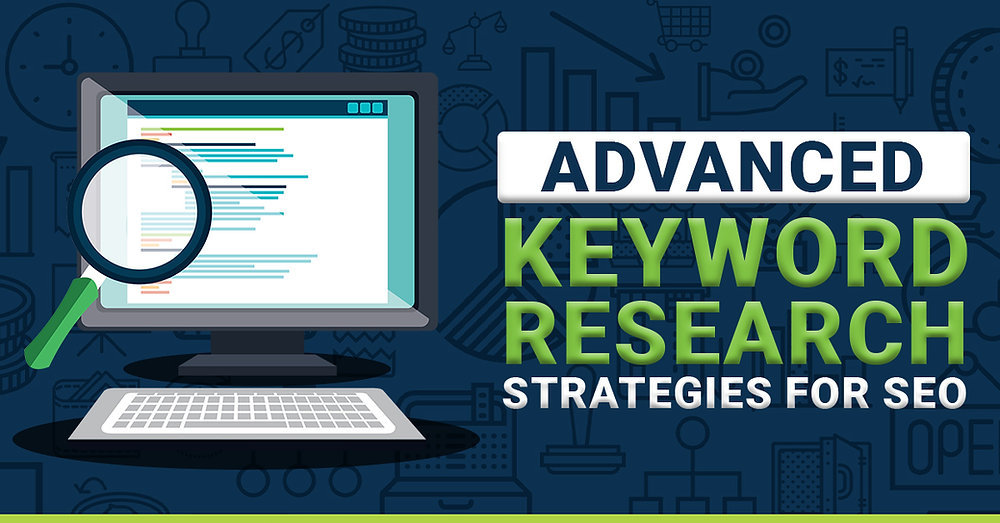1. Future-Proof Content Marketing
This strategy is also known as compound content marketing, which in essence, developing contents that are compounding over time rather than decaying. The idea is to develop contents that will be relevant for an extended period of time. The result of this is a continued flow of traffic after the content has been published. The longer time period you can get the content to ‘work’ for you, the more successful you are.So, how can we develop a compounding content? Here are some of the key principles:- Know Your Audience, Offer Long-Term Relevancy
- Avoid Being Overly Specific
- Offer Practical Information
2. More Emphasis On Mobile Marketing
Wait, isn’t mobile marketing more for B2C businesses? Not anymore. According to a study by Google, 42% of B2B customers use their mobile devices for product research at work, among other interesting statistics. We can expect these numbers to continue growing in the years to come, and so mobile marketing will be even more important in the B2B environment.Mobile marketing strategy should be an integral part of your overall B2B marketing plan for 2018 and ahead. What specific tactics can we use to amplify our mobile marketing tactics? Here are a few ideas:Visual contents like images, infographics, animation, and video contents are more effective for mobile. Video content, in particular, will continue to grow in importance. By 2019, video contents are expected to make up 80% of all internet traffic. We are even more sensitive to load times on our mobile devices compared to the desktop, including video streaming times. Aim to optimize the load speed on all digital marketing elements.Obviously, all websites, landing pages, and contents should be mobile-responsive.You might want to reconsider the device targeting options for your advertising campaigns.If you see an increase in mobile traffic, exploit the opportunity.3. Don’t Neglect Email Marketing and Drip Campaign
Email has been one of the oldest platforms ever since the rise of the internet. Yet, even with all the new technologies, methods, tactics, and platforms, email marketing is still one of the most reliable and effective marketing tactics today. Many over the years have predicted the death of email marketing, but it never happened, in fact, email marketing is now even more important than ever in the saturated digital world.Yet, that’s not saying email marketing hasn’t evolved over the years. There are many developments that have affected how we do email marketing: now we can use behavioral data to make each of our email even more personalized. The marketing funnel has drastically evolved into the new digital marketing funnel and email marketing is the ONLY digital marketing method that can address every stage of the buyer’s journey.So, there are two key best practices for the modern B2B email marketing:- Personalization
- Automation
4. Adopt Account-Based Marketing Tactics
Account-Based Marketing (ABM), as the name suggests, is a tactic concentrating your marketing (and sales) resources on specific target accounts, using custom-tailored campaigns to target each account in a personalized way. ABM is still a relatively unpopular marketing tactic, yet it is actually a very powerful marketing method in a B2B environment. According to Marketo, 97% of B2B businesses that have tried ABM found out that ABM has a higher ROI compared to their other marketing strategies. Yet, the same study also mentioned that when done incorrectly, ABM won’t show any significant result at all.So, what is the ABM best practice for a B2B organization? Here are our tips:- Target The Right Accounts
- Prepare Your Personalized Content
- Know The Right Channels


